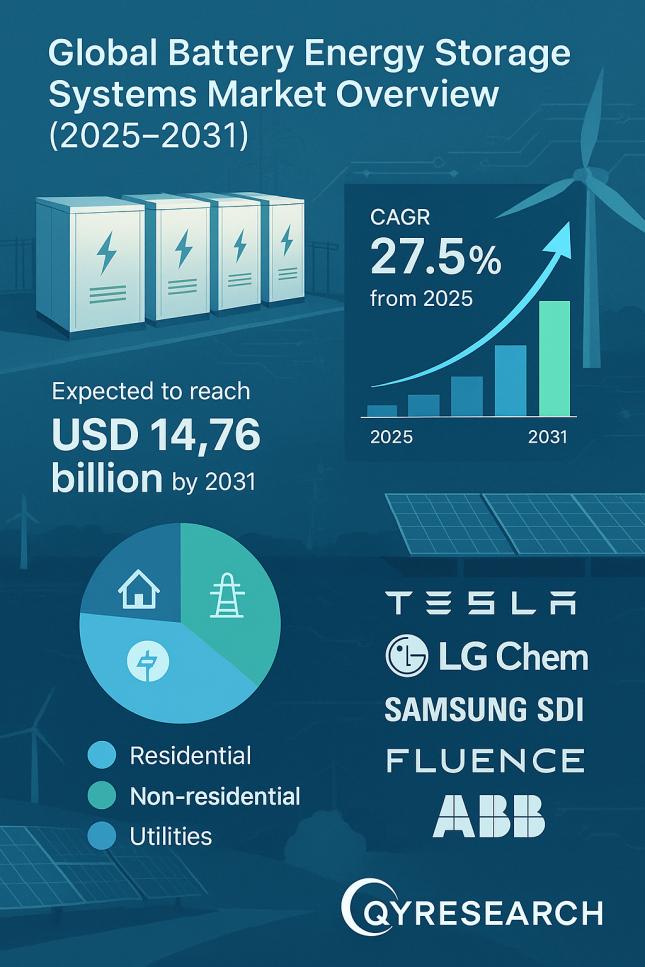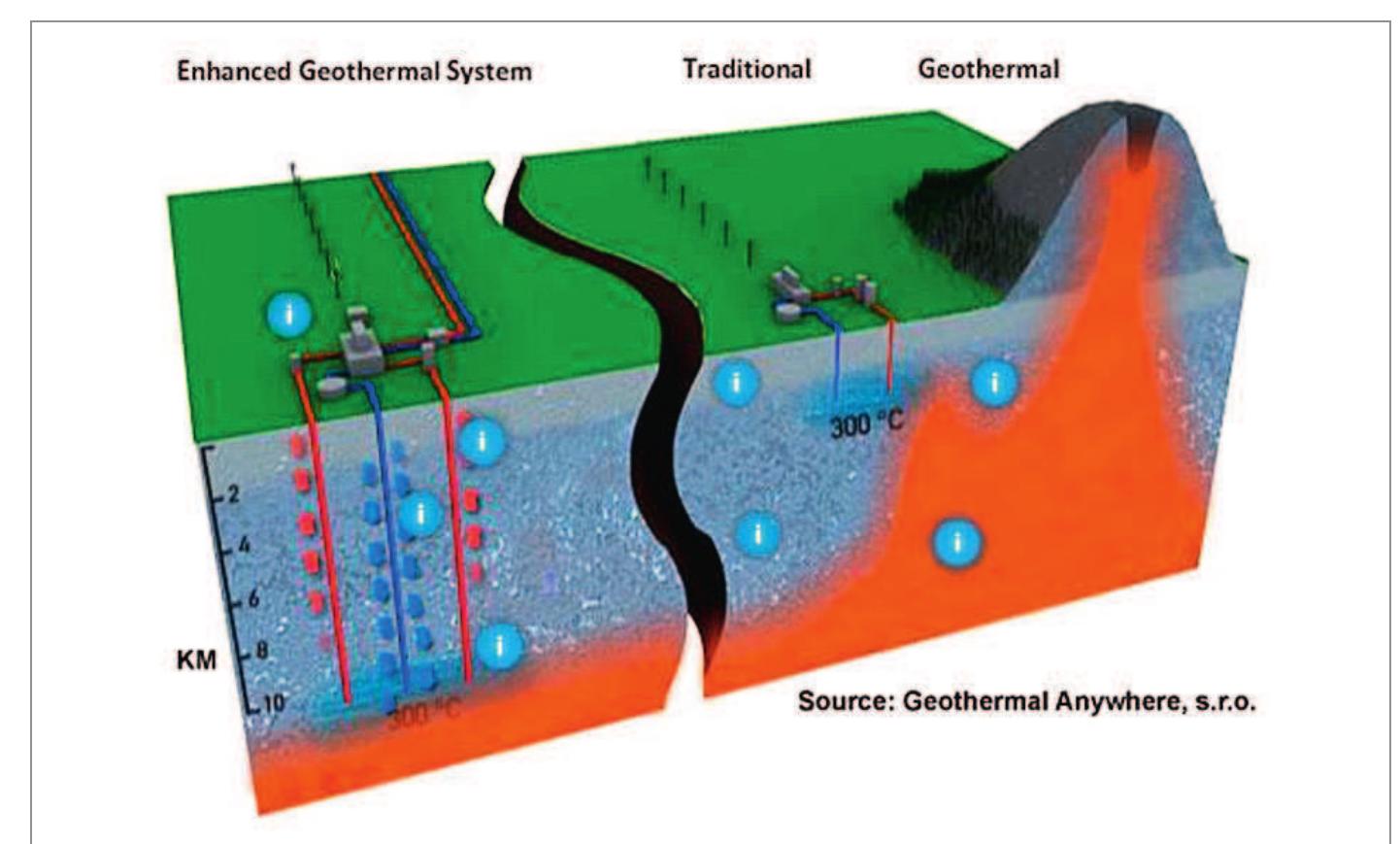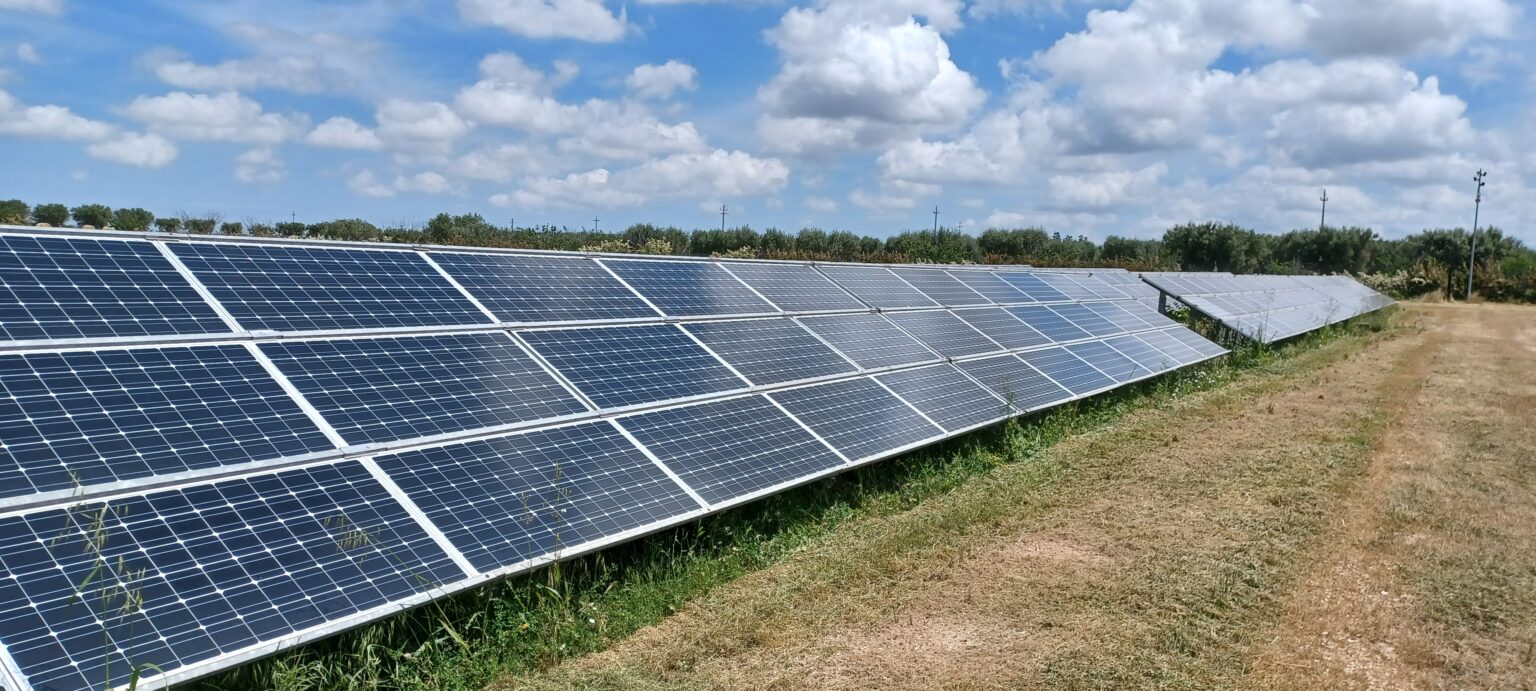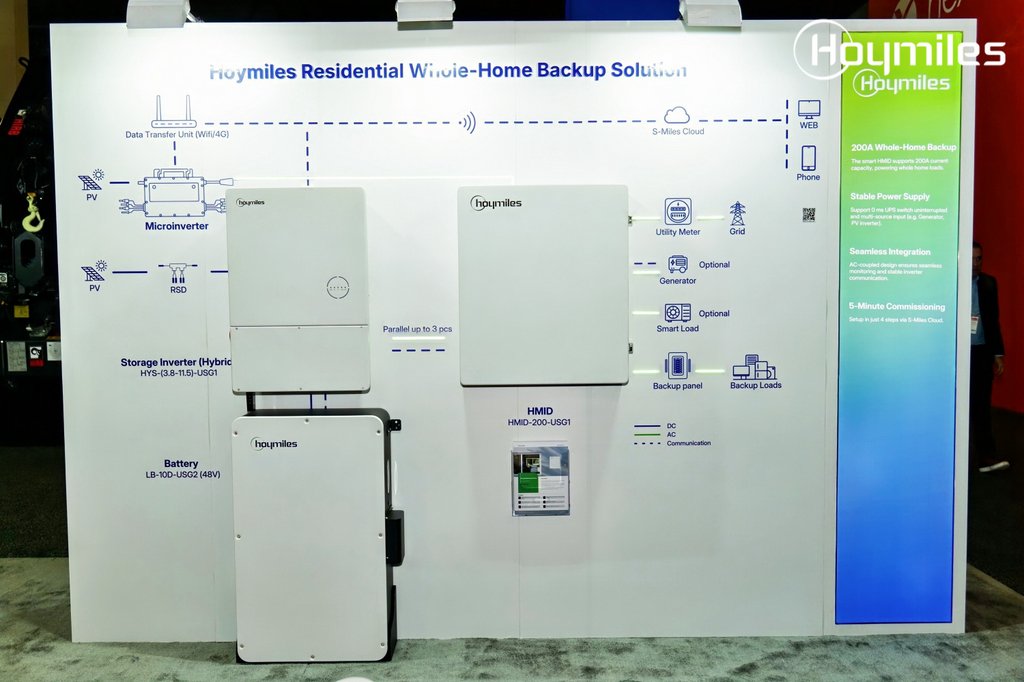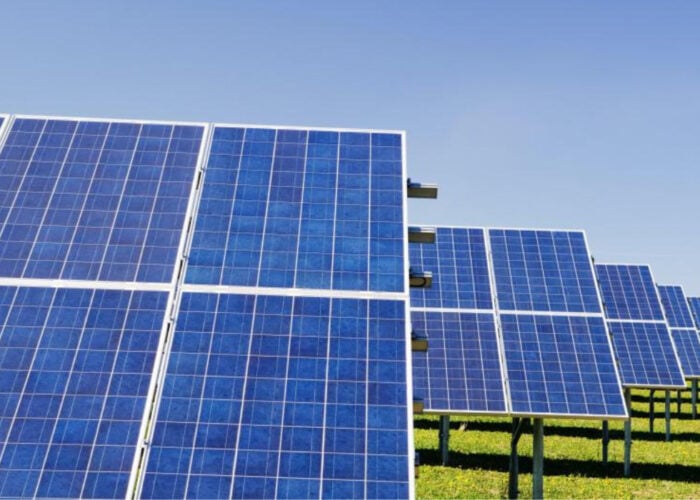Report on the Saudi Arabian Home Energy Management System (HEMS) Market: 2024-2033
Market Overview and Projections
The Home Energy Management System (HEMS) market in Saudi Arabia is projected for significant expansion. The market is forecast to grow from a valuation of US$ 43.62 Million in 2024 to US$ 145.69 Million by 2033. This growth represents a Compound Annual Growth Rate (CAGR) of 14.34% for the period from 2025 to 2033. This development is intrinsically linked to the Kingdom’s Vision 2030, which emphasizes economic diversification, technological adoption, and sustainable development.
Alignment with Sustainable Development Goals (SDGs)
The expansion of the HEMS market in Saudi Arabia directly supports several United Nations Sustainable Development Goals (SDGs). The adoption of these systems is a critical component of the nation’s strategy to build a more sustainable and resource-efficient future.
- SDG 7 (Affordable and Clean Energy): HEMS promotes energy efficiency at the residential level, making energy more affordable for consumers and supporting the transition to cleaner energy consumption patterns.
- SDG 9 (Industry, Innovation, and Infrastructure): The market’s growth is driven by technological innovation, including the integration of the Internet of Things (IoT) and Artificial Intelligence (AI), fostering resilient and advanced infrastructure.
- SDG 11 (Sustainable Cities and Communities): By enabling smart homes and optimizing residential energy use, HEMS contributes to the development of inclusive, safe, resilient, and sustainable urban environments.
- SDG 12 (Responsible Consumption and Production): These systems provide homeowners with the tools and data needed to monitor and reduce their energy consumption, promoting responsible and sustainable consumption patterns.
- SDG 13 (Climate Action): A primary benefit of HEMS is the reduction of household energy consumption, which directly leads to lower carbon emissions and contributes to national and global climate action targets, including Saudi Arabia’s goal of net-zero emissions by 2060.
Key Market Drivers
-
Government Policies and Vision 2030
The Saudi government’s Vision 2030 is a primary catalyst, promoting energy-efficient technologies through legislation and incentives. National initiatives, such as those by the National Energy Services Company (Tarshid), focus on enhancing energy performance and encouraging the adoption of smart home technologies, creating a favorable regulatory environment for HEMS adoption and aligning with SDG 7 and SDG 13.
-
Focus on Sustainability and Carbon Emission Reduction
A growing national and global emphasis on environmental sustainability is driving demand. As Saudi Arabia works towards its net-zero emissions goal, HEMS are recognized as a key tool for reducing the residential sector’s carbon footprint. This increasing environmental consciousness among consumers directly supports the objectives of SDG 12 and SDG 13.
-
Technological Advancements in IoT and AI
The integration of advanced technologies is transforming home energy management. The use of AI-driven analytics, IoT devices, and smart thermostats allows for the automated optimization of energy consumption. This technological push enhances system efficiency and convenience, aligning with the innovation focus of SDG 9.
Market Challenges and Strategic Considerations
-
Dependence on Consistent Internet Connectivity
The optimal functionality of HEMS relies on stable and high-speed internet for real-time monitoring, remote control, and cloud-based data analytics. While urban centers have robust connectivity, disparities in rural or remote areas can hinder widespread adoption. Addressing this requires continued investment in nationwide broadband infrastructure, a key component of SDG 9.
-
Market Fragmentation and Lack of Standardization
The HEMS market is characterized by a wide array of vendors and proprietary platforms, leading to interoperability and compatibility challenges for consumers. This fragmentation can increase complexity and cost. Establishing industry-wide standards is essential to streamline integration, improve user experience, and facilitate broader market growth.
Analysis of Sustainable Development Goals (SDGs) in the Article
1. Which SDGs are addressed or connected to the issues highlighted in the article?
-
SDG 7: Affordable and Clean Energy
The article’s central theme is the adoption of Home Energy Management Systems (HEMS) to improve energy efficiency in the residential sector. It explicitly mentions “energy efficiency emphasis,” “optimal energy use,” and “energy-saving” technologies, which are core components of ensuring access to affordable, reliable, sustainable, and modern energy.
-
SDG 9: Industry, Innovation and Infrastructure
The text highlights the role of technological advancements like “AI and IoT,” “smart meters,” and “smart grids” in driving the HEMS market. It also points out the challenge of “Reliance on Consistent Internet Access” and the need for “nationwide broadband expansion,” which relates directly to building resilient infrastructure and fostering innovation.
-
SDG 11: Sustainable Cities and Communities
The focus on the “residential sector,” “smart home adoption,” and “upgrading existing structures” to reduce energy consumption and environmental impact within homes directly contributes to making cities and human settlements more inclusive, safe, resilient, and sustainable.
-
SDG 13: Climate Action
The article explicitly states that a key driver for HEMS adoption is the “Growing Attention on Carbon Emission Reduction and Sustainability.” It mentions Saudi Arabia’s goal to meet “net-zero emissions by 2060” and how HEMS helps homeowners “lessen their environmental effect,” aligning with urgent action to combat climate change.
2. What specific targets under those SDGs can be identified based on the article’s content?
-
Target 7.3: By 2030, double the global rate of improvement in energy efficiency.
The article directly supports this target by focusing on the HEMS market, which is driven by “energy efficiency emphasis” and government policies promoting “energy-efficient technology.” The entire purpose of HEMS is to “optimize residential energy use” and “lower power use,” contributing to improved energy efficiency.
-
Target 9.4: By 2030, upgrade infrastructure and retrofit industries to make them sustainable, with increased resource-use efficiency and greater adoption of clean and environmentally sound technologies and industrial processes.
The promotion of “smart home technology,” “upgrading existing structures,” and integrating “AI and IoT” into home energy systems are examples of upgrading infrastructure with clean and environmentally sound technologies to increase resource-use efficiency (in this case, energy).
-
Target 9.c: Significantly increase access to information and communications technology and strive to provide universal and affordable access to the Internet in least developed countries.
While Saudi Arabia is not a least developed country, the principle is relevant. The article identifies “Reliance on Consistent Internet Access” as a major challenge and states that “Investing in countrywide broadband expansion is necessary” to ensure equitable access to these energy-saving technologies, directly reflecting the goal of increasing ICT access.
-
Target 11.6: By 2030, reduce the adverse per capita environmental impact of cities, including by paying special attention to air quality and municipal and other waste management.
The article discusses how HEMS helps homeowners “lower their power use” and achieve a “smaller environmental effect.” This effort to manage and reduce energy consumption at the household level directly contributes to reducing the overall per capita environmental impact of urban areas.
-
Target 13.2: Integrate climate change measures into national policies, strategies and planning.
The article highlights that the HEMS market growth is part of “Saudi Arabia’s larger drive toward sustainability and energy efficiency under Vision 2030.” This national strategy, along with the goal of “net-zero emissions by 2060,” demonstrates the integration of climate change measures into national planning, as mentioned in the text.
3. Are there any indicators mentioned or implied in the article that can be used to measure progress towards the identified targets?
-
Implied Indicator for Target 7.3: Rate of improvement in energy efficiency.
The article implies this through its focus on “optimizing residential energy use” and “lowering energy costs.” The growth of the HEMS market itself, projected to increase from “US$ 43.62 Million in 2024 to US$ 145.69 Million by 2033,” serves as a proxy indicator for the adoption of energy-efficient technologies.
-
Implied Indicator for Target 9.c: Proportion of population with access to the internet.
The article’s discussion of the “Reliance on Consistent Internet Access” as a challenge, especially in “isolated or rural areas,” implies that the coverage and reliability of internet infrastructure is a key metric for the successful deployment of HEMS.
-
Implied Indicator for Target 11.6 & 13.2: Reduction in carbon emissions.
The article explicitly mentions the goal of “reducing carbon emissions” and achieving “net-zero emissions by 2060.” The adoption of HEMS is presented as a direct tool for homeowners to “lessen their environmental effect,” making the measurement of CO2 emissions from the residential sector a key performance indicator.
-
Mentioned Indicator for Target 13.2: Adoption of national climate change strategies.
The article directly refers to “national plans in line with Vision 2030” and initiatives by the “National Energy Services Company (Tarshid)” as formal government efforts. The existence and implementation of these strategies are a direct indicator of progress.
4. Table of SDGs, Targets, and Indicators
| SDGs | Targets | Indicators Identified in the Article |
|---|---|---|
| SDG 7: Affordable and Clean Energy | 7.3: Double the global rate of improvement in energy efficiency. | Rate of adoption of energy-efficient technologies (proxied by the HEMS market growth from $43.62M to $145.69M). |
| SDG 9: Industry, Innovation and Infrastructure | 9.4: Upgrade infrastructure and retrofit industries for sustainability and resource-use efficiency. | Adoption of smart technologies (AI, IoT) in homes; upgrading existing structures. |
| 9.c: Increase access to information and communications technology (ICT). | Level of consistent internet access, particularly the need for “countrywide broadband expansion.” | |
| SDG 11: Sustainable Cities and Communities | 11.6: Reduce the adverse per capita environmental impact of cities. | Reduction in residential power use and smaller environmental effect per household. |
| SDG 13: Climate Action | 13.2: Integrate climate change measures into national policies, strategies and planning. | Reduction in carbon emissions; integration of climate goals into national plans (Vision 2030); goal of net-zero emissions by 2060. |
Source: finance.yahoo.com


